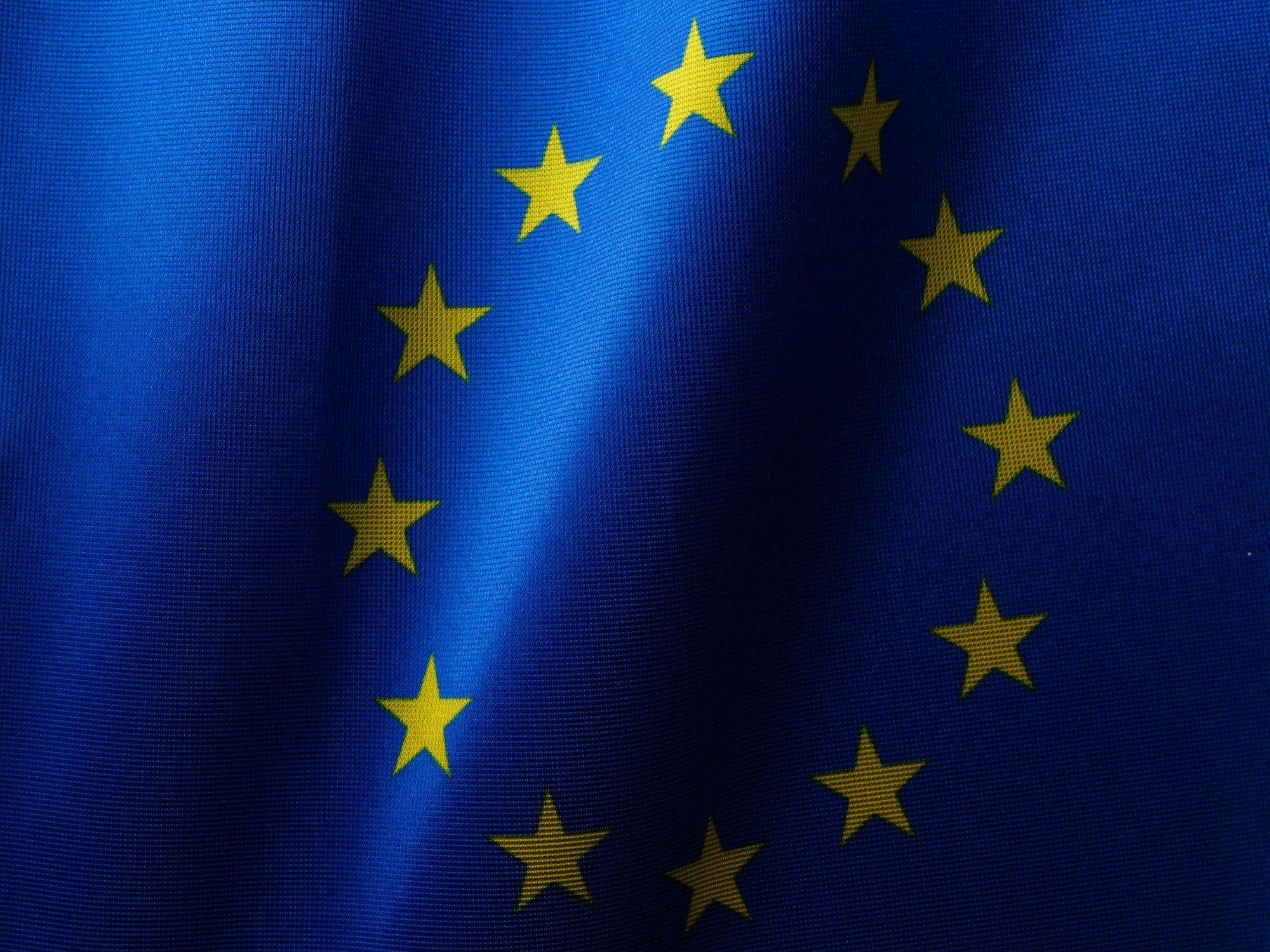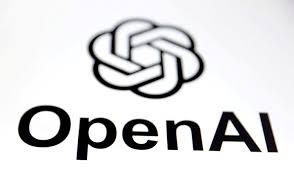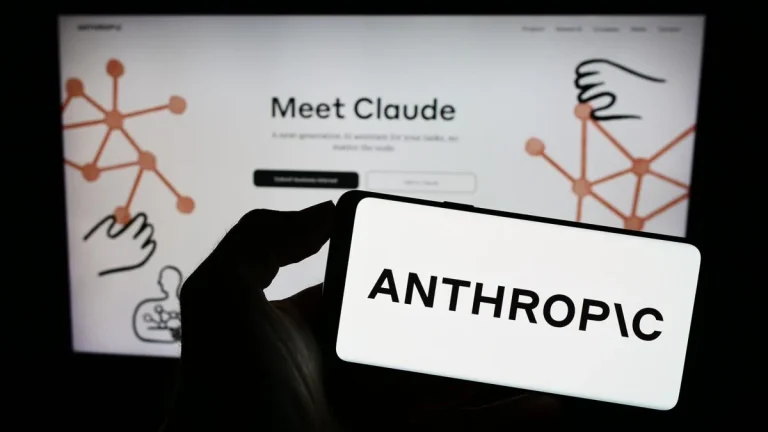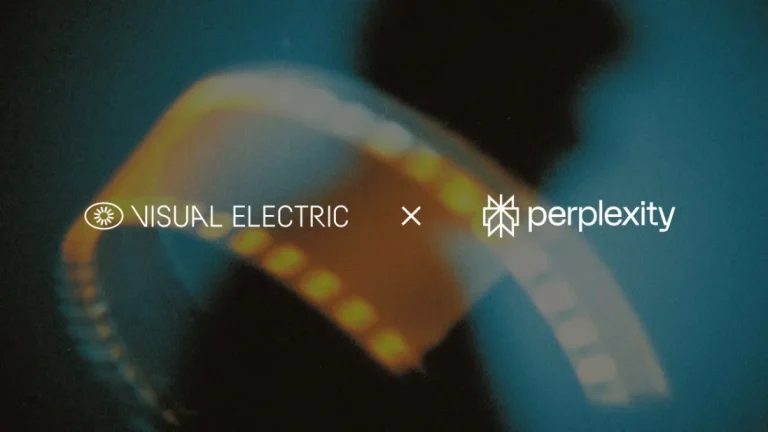
In a major move to change the game, the European Commission just received a wave of 76 proposals from companies eager to build AI “Gigafactories” across 60 sites in 16 EU countries.
And no, these aren’t pitch-deck startups hoping for a miracle. We’re talking serious names: power providers, telcos, data centre giants, and global tech firms—each ready to help build the continent’s next generation of AI infrastructure.
What exactly is an AI Gigafactory? Think Tesla’s mega plants—but instead of assembling cars, these facilities are designed to train and deploy large-scale AI systems. Billions of parameters, petabytes of data, and rows of ultra-efficient GPUs—this is what digital sovereignty will look like in the age of artificial intelligence.
Together, the proposals reportedly include plans to acquire over 3 million GPUs. That’s enough compute to rival today’s AI leaders—and perhaps even leap ahead.
For a region long criticised for lagging behind the U.S. and China in AI, this moment feels like a shift. Brussels seems determined to get it right: coordinating investment, connecting public and private players, and placing AI at the heart of its next industrial strategy.
But there are real challenges—chief among them: energy. Modern AI is a power-hungry beast. But some proposals are already answering the call with renewable-powered designs. One standout? A rumored Northern Sweden facility powered by hydroelectric energy and cooled by the Arctic air.
The formal rollout won’t happen until late 2025. Still, these early moves could pave the way for an AI ecosystem made in Europe—for Europe.
The race is on. Will Europe build its own AI backbone—or remain plugged into someone else’s?






